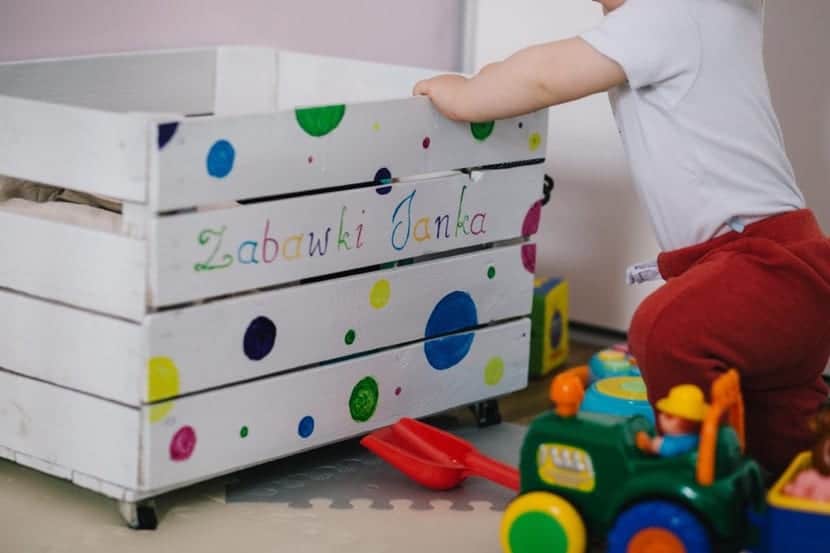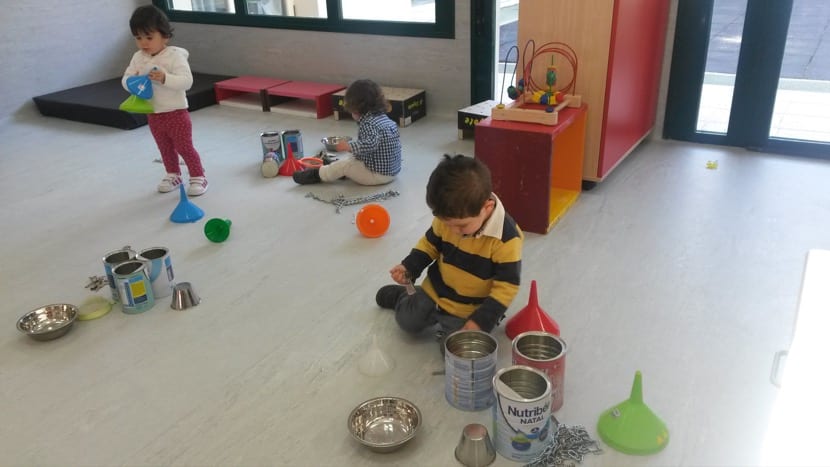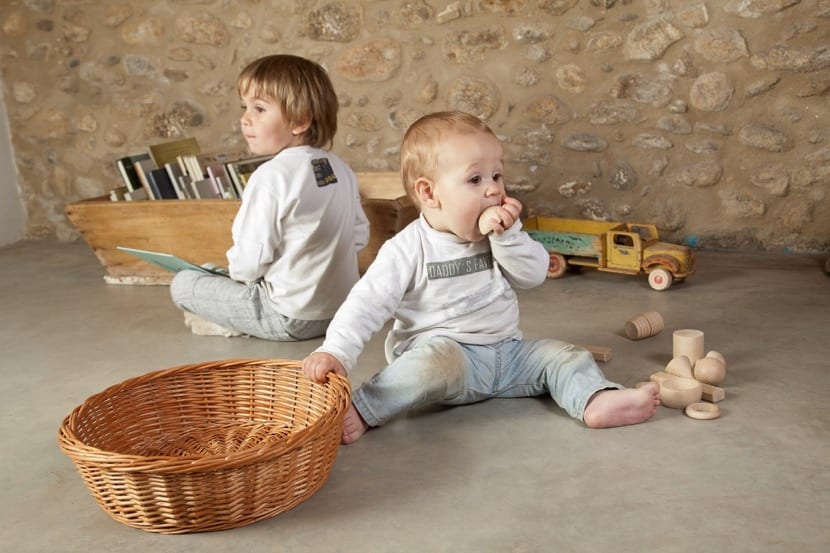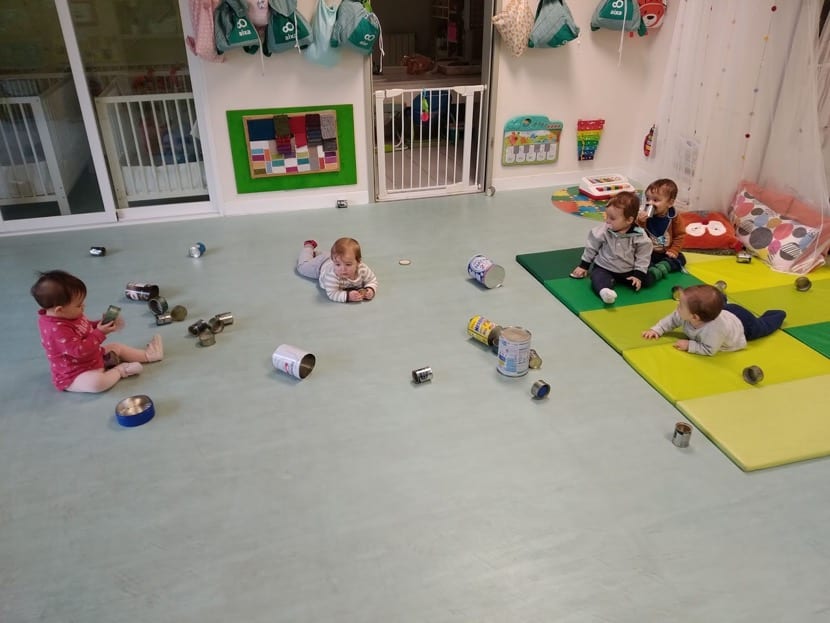
When we speak of heuristic play, we are referring to stimulating children's discovery and experimentation through play. These types of games are played during early childhood. It is necessary to know what this type of game consists of so that if you have children or work with young children you can enhance it.
Through this type of game, young children interact with objects, discovering shapes and materials. Touch is essential in this type of game, since being sensory, children can discover textures, sizes, use, etc. In order to play this game with the children, the ideal is to have a “treasure chest or basket” so that the children can freely experiment with the objects.
This type of game is ideal for children from one year old to two, who are in full functional play and experimentation is necessary for their development. Both parents and teachers have long created their own materials with everyday textures, although more and more companies are dedicated to making materials for heuristic play in the development of children, such as wooden materials.

Self learning
In heuristic play, children explore, investigate and discover materials, so it is important that the materials provided are appropriate for their age and are not dangerous. It is a good idea to allow a child freedom to explore all the objects you provide them with peace of mind.
The child must be the protagonist of his own learning so that he naturally discovers what is in front of him and that no one guides him. Although the adult provides the materials and shows them at first, what is important in this game is that the little one guides their own discovery of the materials.
Learning must be by discovery, learning knowledge with direct contact. This will help the little one to improve his self-esteem, to enjoy the feeling of satisfaction when discovering new things and he will also feel how others respect his learning pace and his needs.
They are the senses therefore, in addition to touch, those that help the little one to discover through the senses the characteristics of objects that you have in front of you to manipulate, in this way you will feel capable enough to be able to learn through your senses.

Services
This type of game has benefits that are considerable and it is a good idea to take them into account in order to promote this game in children between one and two years old. The most considerable benefits it has are:
- Development of cognitive abilities
- Boost imagination and creativity
- Enhances perceptual abilities
- Increase self-esteem
- Enhances the feeling of accomplishment and satisfaction
- Development of gross and fine motor skills
- Become aware of gravity or balance
- Enhance mathematical thinking
- Improve vocabulary understanding
In addition, Children will also enhance social values since they can begin to share. Ideally, the objects are of a natural type (paper, metal, cardboard, cork, etc.) that are of an adequate size to avoid the risk of suffocation (because children put things in their mouths to explore) and in a container also natural as a wooden or wicker basket, with which the little one can transport, classify, etc. The materials in your play session. It is important to try to avoid materials such as plastic or pre-designed toys as much as possible.
The phases
The heuristic game consists of several phases, and it is necessary that it does not last more than 45 minutes or an hour and that they are divided into three parts. Young children of one and two years have short attention span and retention, They also like stimulation and go from one activity to another, so it is a good idea that the parts last more or less 15 or 20 minutes each.
Preparatory phase
The first phase would be the preparatory phase where the adult prepares the material in an empty play space such as a carpet or on a clear table. There should be no other elements that the little one can entertain himself with. Adult selects three or four different types of sensory materials and chooses containers (one container for each material chosen).
Children can find the materials outside the baskets and then put them in, or it is the adult who indicates the type of material the first time and places them in the containers.

Exploration phase
In this phase young children begin to explore with the materials they have previously selected. Inside, they wonder what they are for and what they can do with them. They will probably pass them from one container to another or throw them on the ground to see what happens and then pick them up to continue playing.
They also begin to cover, uncover, open, close, fill, take out, turn, fit, group, etc. It is the moment when the little ones are interacting directly with the materials. While they are having fun they are learning!
Collection phase
In the collection phase, the children must collect, classify and organize the materials to put them in their corresponding place. Perhaps in this phase they need help from the adult, to keep all the material where it belongs. With the guidance of the adult it will be enough.
The role of the adult is active and passive at the same time. Because first he prepares the materials so that the child can play, then he has a passive role when he allows the child to play freely and finally, he has a somewhat active role to help the child in collecting the material.
As we have commented before, the duration of the session has to be approximately 45 minutes and finish before the children are no longer interested or don't be more curious. In this sense, it is essential to prevent apathy or boredom in children from the activity. Children playing should not be longer than 25 minutes in total, depending on their interest in the activity.